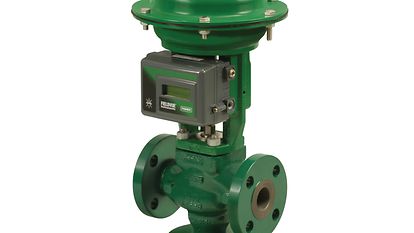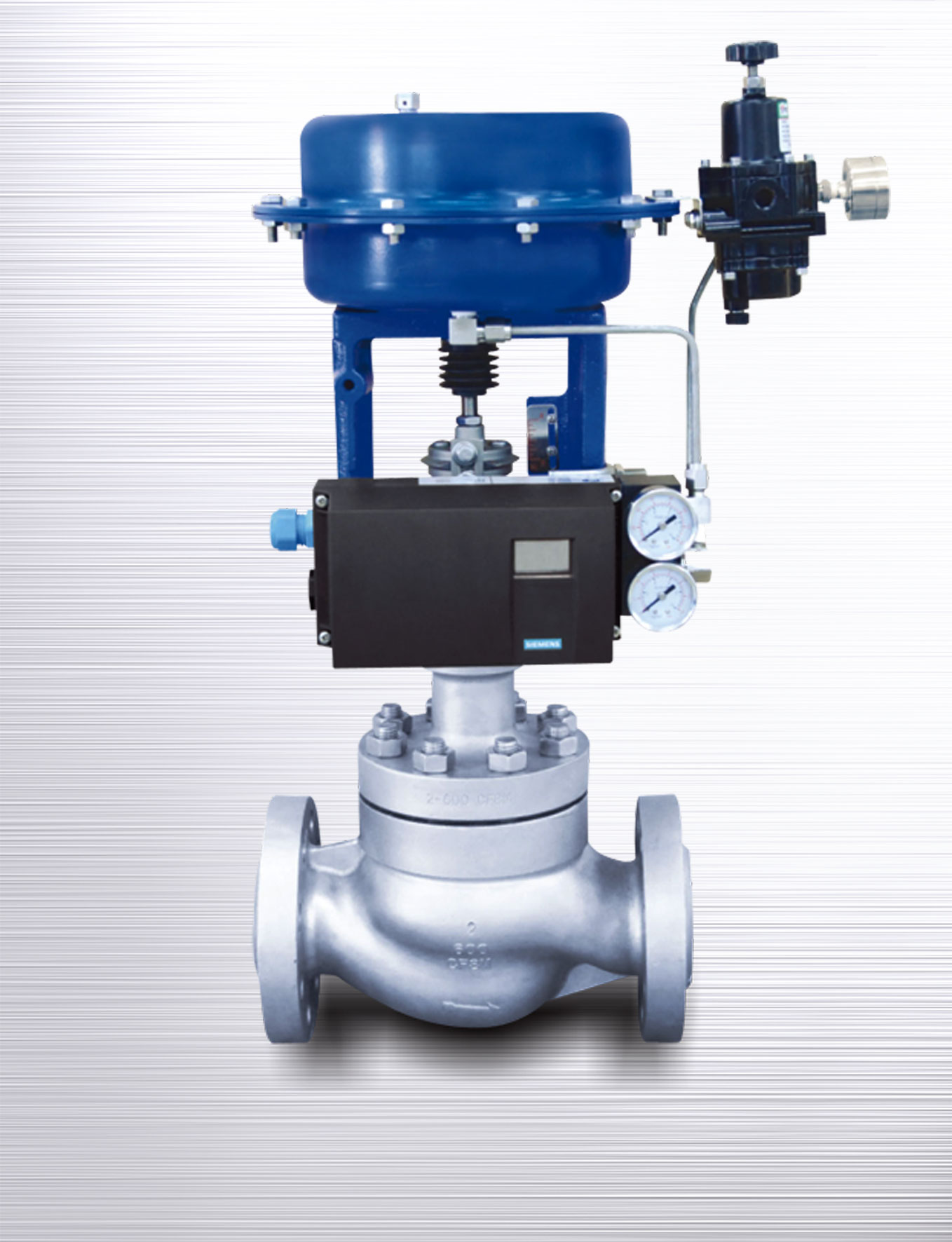Cutting-edge Control Valves: Enhancing Accuracy and Reliability
Cutting-edge Control Valves: Enhancing Accuracy and Reliability
Blog Article

Maximize Power Savings and Comfort With Advanced Building Automation Controls
In the realm of modern architecture and facility management, the integration of innovative structure automation controls stands as a critical improvement. The convergence of technology and sustainability has actually birthed a brand-new age where energy efficiency, comfort optimization, and operational streamlining are no longer distant desires yet attainable facts. By utilizing the power of automation, buildings can adjust, react, and develop in methods that were once unthinkable. The potential for substantial energy savings and enhanced comfort is not simply a pledge however an opportunity waiting to be satisfied. This standard change in building management holds the vital to unlocking a world where ecological conscientiousness and resident health harmoniously coexist within the walls of our structures.
Energy Efficiency Benefits
Power efficiency advantages can considerably lower energy intake and functional expenses in structures. By applying energy-efficient practices and technologies, building proprietors and operators can attain significant savings while also adding to ecological sustainability. One of the primary advantages of enhancing power performance in structures is the decrease of energy expenses. Energy-efficient systems, such as innovative structure automation controls, can optimize making use of sources like heating, air conditioning, and illumination, leading to lower energy costs gradually.
Moreover, enhanced power effectiveness can prolong the life-span of building equipment and systems. By running much more efficiently, cooling and heating systems, lighting fixtures, and other structure elements experience much less wear and tear, causing minimized maintenance and replacement costs. Furthermore, energy-efficient buildings often regulate higher building values and rental prices, providing long-term monetary benefits to owners.
In addition, power effectiveness can boost resident convenience and productivity. Appropriately regulated interior environments with optimal lights and thermal conditions develop an even more conducive and enjoyable workspace, leading to enhanced worker complete satisfaction and performance. In general, the energy performance advantages connected with advanced building automation controls are diverse, incorporating cost financial savings, ecological stewardship, and occupant well-being.
Enhanced Convenience Control
Enhancing convenience control in building environments requires an innovative combination of innovative automation systems for optimal passenger wellness. By making use of innovative building automation controls, facilities can tailor the interior setting to fulfill the details demands and preferences of residents. These systems allow accurate policy of illumination, temperature level, and air flow, developing a comfortable and productive ambience. Passenger complete satisfaction and efficiency are carefully linked to thermal comfort, making it vital to have systems in position that can adjust to altering problems in real-time.
Boosted convenience control exceeds basic temperature level adjustments. It includes features such as personalized setups, occupancy sensors, and natural light usage to create a responsive and vibrant environment. By integrating these innovative controls, buildings can not just improve convenience yet likewise boost energy performance by optimizing system operations based upon actual occupancy and use patterns. Inevitably, prioritizing resident comfort with sophisticated automation systems results in an extra satisfying and much healthier interior setting.
Functional Performance Improvements

Moreover, the execution of real-time tracking and analytics tools makes it possible for building operators to recognize energy inefficiencies and functional abnormalities quickly. By continually monitoring energy use patterns and system performance metrics, changes can be made in real-time to maximize energy usage and guarantee peak functional effectiveness. control valves. In addition, integrating need reaction approaches into structure automation controls can further enhance functional performance by dynamically changing power usage based upon grid conditions and prices signals
Indoor Climate Optimization
Effective interior climate optimization is a fundamental element of structure automation controls, ensuring owners' convenience and wellness while taking full advantage of energy savings. By utilizing innovative sensors and controls, building automation systems can constantly readjust and check temperature, moisture degrees, air top quality, and air flow to create an ideal indoor atmosphere. Preserving comfy and consistent conditions not only enhances passenger complete satisfaction however likewise improves efficiency and overall health.
Interior climate optimization also plays a critical duty in power performance. By fine-tuning home heating, air conditioning, and air flow systems based upon real-time information and occupancy patterns, developing automation controls can significantly lower power intake - control valves. Carrying out approaches such as demand-controlled air flow and thermal zoning can assist reduce energy waste while making certain that each location of the building receives the necessary conditioning.

Sustainable Environment Development
Building automation manages not just maximize interior climate conditions for power efficiency and resident comfort but additionally lay the structure for producing a sustainable setting through critical management of systems and sources. By integrating innovative structure automation modern technologies, such as sensors, actuators, and smart software application, centers can readjust and monitor power use in real-time to reduce waste and minimize their carbon footprint. These systems allow anticipating maintenance, recognizing possible issues before they rise and optimizing devices performance to improve long life and efficiency.
Additionally, lasting setting development prolongs past power monitoring to include water preservation, waste decrease, and indoor air quality enhancement. Structure automation controls can manage water use, spot leaks, and make certain proper waste disposal methods, adding to general sustainability initiatives. Furthermore, by controlling and keeping track of ventilation and purification systems, these technologies enhance passenger health and wellness and visit their website efficiency while decreasing energy consumption related to heating and cooling operations.
Conclusion
In verdict, progressed structure automation regulates deal substantial benefits in regards to power financial savings, convenience control, operational efficiency, indoor climate optimization, and creating a lasting setting. By applying these controls, structures can attain ideal performance while decreasing energy consumption and enhancing passenger comfort. It appears that making use of sophisticated automation innovation is critical in improving structure efficiency and creating an extra lasting future.
Energy efficiency advantages can substantially decrease energy consumption and functional costs in buildings. In general, the power performance benefits linked with sophisticated structure automation controls are diverse, encompassing price savings, ecological stewardship, and resident wellness.
Additionally, integrating need action approaches right into structure automation controls can further enhance operational efficiency by dynamically changing energy use based on grid problems and pricing signals.
Building automation manages not only enhance interior climate conditions for power performance and occupant convenience yet additionally lay the structure for developing a sustainable setting via strategic monitoring of systems and resources.In final thought, advanced structure automation regulates deal substantial advantages in terms of power cost savings, comfort control, functional performance, interior environment optimization, and developing a lasting atmosphere.
Report this page